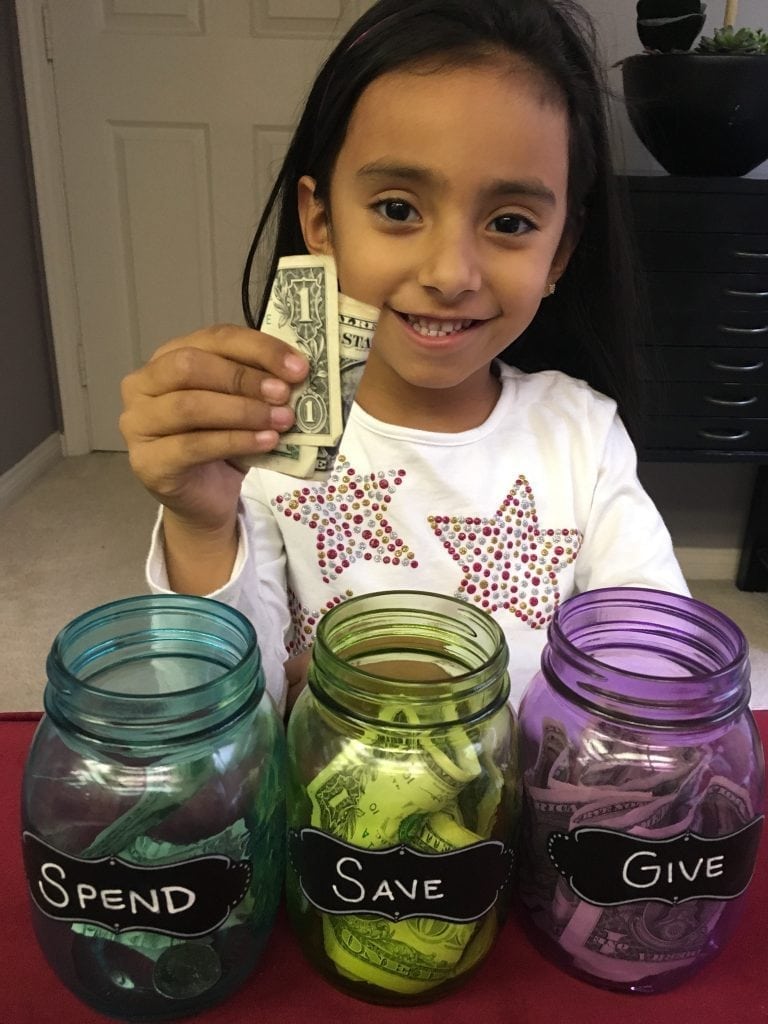Pocket Money 2.0: JARS Method for Money Management in India
Introduction: Why Pocket money system for Indian children
Pocket money in India is no longer just about giving kids a few rupees for snacks. It has transformed into a powerful tool for teaching financial literacy, especially in a country where only 27% of people are financially literate (NCFE data).
From ₹125 in 1998 to an average of ₹1,800 in 2023 (Delhi), the rise in pocket money highlights a shift. But without guidance, this extra money often turns into impulsive spending.
That’s where the JARS method of money management comes in. By teaching kids to divide their money into different jars, parents can raise a generation of financially disciplined, goal-oriented, and culturally aware children.
👉 Learn more about our mission at Ourfinocracy – About Us.
Table of Contents
What is the JARS Method?
The JARS system divides income into categories, each with a clear purpose. This system, when localized for India, becomes more powerful because it connects with cultural values like saving, education, and charity.
The Advanced 6-Jar System for Indian Children
| Jar Name | Allocation | Purpose | Example in India |
|---|---|---|---|
| Financial Freedom | 10% | Never spend – only invest (gold, SIPs) | Rohan saves ₹150 in digital gold |
| Goals | 20% | Long-term savings for purchases | Priya saves for a smartphone |
| Daily Needs | 40% | Everyday expenses | Snacks, stationery, transport |
| Education | 15% | Learning resources beyond school | Coding courses, exam books |
| Giving | 5% | Charity & religious giving | Temple donations, helping classmates |
| Fun | 10% | Pure entertainment | Movies, games, outings |
This simple division teaches balance, self-control, and planning.

Step-by-Step Guide for Parents
- Decide frequency – weekly or monthly pocket money.
- Explain jars – use either physical jars (for kids <12) or apps (for teens).
- Allocate money – divide according to the 6-jar system.
- Track progress – use a diary, spreadsheet, or app.
- Review weekly – have a 10-minute money talk with your child.
- Celebrate wins – acknowledge when they reach a goal.
👉 Use Ourfinocracy Calculators to help kids plan savings.
Pocket Money Examples from Indian Homes
Rohan, 14 (Mumbai) – ₹1,500 monthly
- ₹150 → Digital gold
- ₹300 → Cricket bat fund
- ₹600 → Snacks & stationery
- ₹225 → Online coding course
- ₹75 → NGO donation
- ₹150 → Movies & mobile games
Priya, 16 (Bangalore) – ₹500 weekly
- ₹50 → Mutual funds
- ₹100 → Saving for smartphone (₹20,000)
- ₹200 → Transport + snacks
- ₹75 → Competitive exam books
- ₹25 → Temple + helping friends
- ₹50 → Weekend treats
Digital Pocket Money Apps in India : Detailed Comparison
Here’s a comparison of the top digital pocket money apps parents can use to modernize the JARS method:
| App | Features | Parent Controls | JARS Integration | Monthly Limit | Best For |
|---|---|---|---|---|---|
| Junio | Smart card + app, real-time notifications | Yes | Digital jars inside app | ₹10,000 | Younger kids needing supervision |
| Fampay | Numberless card, group accounts | Yes | FamPool (family contributions) | Variable | Teens seeking independence |
| Slonkit | Prepaid Visa, spending analytics | Yes | Category-wise budgets | ₹10,000 | Parents wanting analytics |
| Fyp | Gamified app, holographic card | Yes | Missions for jar goals | Variable | Gamification-loving teens |
| Pencilton | RuPay card + piggy bank | Yes | Tasks & badges system | Variable | Students learning real-life budgeting |
👉 Compare more money tools on our Ourfinocracy Blog.
Weekly Money Management Routine for Indian Student
To ensure consistency, follow a weekly cycle:
- Sunday: Family review + goal setting
- Monday: Distribute pocket money into jars
- Tuesday: Track spending
- Wednesday: Learn something new about money
- Thursday: Review goals & progress
- Friday: Allocate giving jar
- Saturday: Fun day with rewards
👉 Explore bite-sized Web Stories on financial habits.
India-Specific Jar Adaptations
- Festival Jar – Save for Diwali, Eid, Christmas.
- Marriage Fund Jar – Prepare for family weddings.
- Education Abroad Jar – Entrance exams, visa fees.
- Gold Investment Jar – Invest in cultural asset (digital gold).
- Agriculture Jar – For rural families supporting farm inputs.
Pros and Cons of JARS in India
Pros ✅
- Fits Indian culture of saving & giving
- Builds early financial discipline
- Works with digital apps
- Encourages family financial discussions
Cons ⚠️
- Needs consistent parental involvement
- May feel restrictive compared to peers
- Limited access in rural areas without apps
👉 Our Services help families bridge these gaps.
FAQ: JARS Method & Pocket Money in India
1. What age should kids start using the JARS system?
From 5 years old with physical jars, upgrading to digital apps around 12–13.
2. Should pocket money be linked to chores?
It depends—some parents give unconditional pocket money, others link it to responsibilities.
3. How do I handle impulsive spending?
Let kids “fail small.” If they overspend from their Fun jar, they learn consequences safely.
4. Is 6 jars too complex?
Start with 3 (Save, Spend, Share). Expand to 6 jars as they grow.
5. Which app is best for beginners?
Junio is best for younger kids due to parental oversight.
6. How much should I give as pocket money?
Depends on city, age, and family finances. On average: ₹500–₹1,800 monthly.
7. How do rural families apply JARS without apps?
Use physical envelopes or jars. Label them in local language.
8. Can JARS work with gifts and festival money?
Yes—divide any extra money into the same percentages.
9. What if children resist saving?
Gamify the process. Apps like Fyp motivate saving with rewards.
10. How can parents track progress?
Use Ourfinocracy Calculators for visual savings goals.
11. How do I make money lessons fun?
Use games, storytelling, and Ourfinocracy Web Stories for interactive learning.
12. Should teens learn investing early?
Yes—start with small SIPs or digital gold to build investing habits.
Conclusion: Building a Financially Literate Generation
The pocket money system for Indian children is more than just allowances—it’s the foundation of financial literacy. With the JARS method, cultural jar adaptations, and digital pocket money apps, children learn to save, spend, and give responsibly.
👉 Continue your journey with us:
- About Us | Blog | Web Stories | Services | Calculators | Contact












